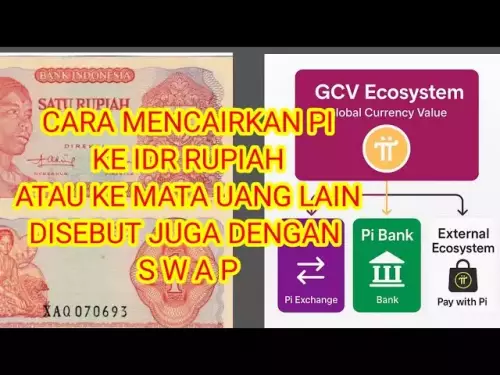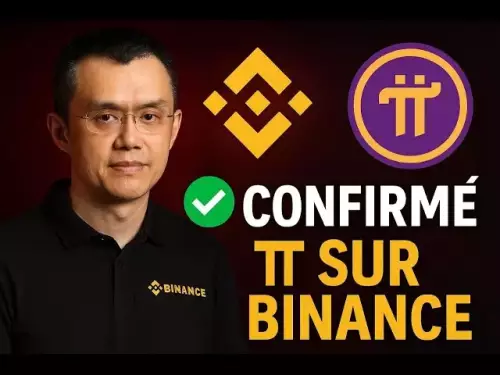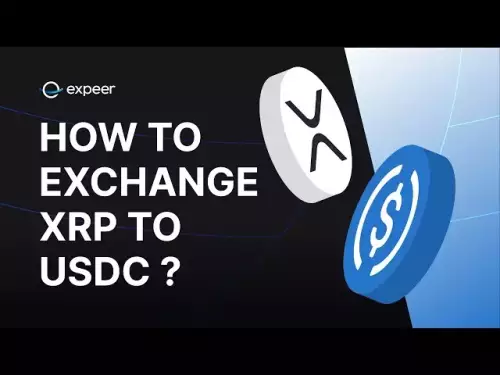-
 bitcoin
bitcoin $112715.707551 USD
-1.71% -
 ethereum
ethereum $4101.475385 USD
-3.01% -
 tether
tether $1.000644 USD
-0.02% -
 bnb
bnb $1207.619465 USD
-6.77% -
 xrp
xrp $2.501451 USD
-3.98% -
 solana
solana $202.947124 USD
-3.32% -
 usd-coin
usd-coin $1.000295 USD
0.04% -
 dogecoin
dogecoin $0.203884 USD
-4.47% -
 tron
tron $0.317154 USD
-1.72% -
 cardano
cardano $0.695009 USD
-4.43% -
 hyperliquid
hyperliquid $38.853961 USD
-8.23% -
 chainlink
chainlink $18.988674 USD
-4.64% -
 ethena-usde
ethena-usde $1.000233 USD
-0.03% -
 stellar
stellar $0.337050 USD
-3.63% -
 bitcoin-cash
bitcoin-cash $536.861728 USD
-1.28%
What are optimistic rollups versus ZK-rollups?
Layer 2 solutions like Optimistic and ZK-Rollups scale blockchains by processing transactions off-chain, with trade-offs in speed, cost, and complexity.
Oct 14, 2025 at 10:01 am
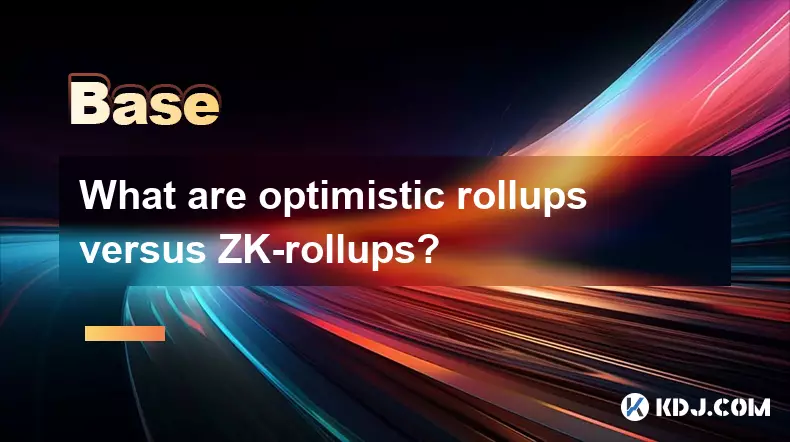
Understanding Layer 2 Scaling Solutions in Blockchain
In the evolving landscape of blockchain technology, scalability remains a critical challenge. As Ethereum and other smart contract platforms face congestion and high transaction fees, Layer 2 solutions have emerged to improve throughput and reduce costs. Among these, Optimistic Rollups and ZK-Rollups stand out as two dominant approaches. Both aim to process transactions off-chain while maintaining security through on-chain verification, but they differ fundamentally in design, efficiency, and trust assumptions.
Optimistic Rollups: Trust Through Challenge Mechanisms
Optimistic Rollups operate under the assumption that transactions are valid by default.- Transactions are batched and executed off the main chain, with only summary data posted to Layer 1.
- A fraud-proof mechanism allows validators to challenge potentially fraudulent transactions within a dispute window, typically lasting seven days.
- During this period, any network participant can submit evidence of invalid state transitions, triggering a verification process on-chain.
- If fraud is proven, the incorrect block is reverted, and the malicious actor is penalized through staked collateral.
- This model reduces computational load on Layer 1 but introduces delays due to the waiting period required for finality.
ZK-Rollups: Validity Through Cryptographic Proof
ZK-Rollups rely on zero-knowledge proofs to mathematically guarantee transaction correctness.- Every batch of transactions is accompanied by a succinct cryptographic proof known as a zk-SNARK or zk-STARK.
- These proofs confirm that the new state was computed correctly without revealing any underlying transaction details.
- The Ethereum mainnet verifies the proof, which is computationally lightweight compared to re-executing all transactions.
- Because validity is proven before acceptance, there is no need for a challenge period, enabling near-instant finality.
- This approach offers stronger security guarantees and faster withdrawal times but demands significant computational resources to generate proofs.
Comparative Trade-offs in Performance and Adoption
The divergence between Optimistic and ZK-Rollups reflects deeper trade-offs in decentralization, complexity, and usability.- Optimistic Rollups are generally easier to implement for complex smart contracts, making them more compatible with existing Ethereum tooling.
- Projects like Arbitrum and Optimism have gained traction due to their early mover advantage and developer-friendly environments.
- ZK-Rollups, while more efficient in terms of data compression and finality, face hurdles in supporting general-purpose computation due to the difficulty of generating proofs for arbitrary logic.
- However, advancements in zkEVMs—virtual machines that execute Ethereum-compatible code within zero-knowledge proofs—are narrowing this gap rapidly.
- Gas cost structures also differ: ZK-Rollups often incur higher initial costs for proof generation, but lower verification overhead on-chain.
Frequently Asked Questions
What determines withdrawal time from an Optimistic Rollup?
Withdrawal time is governed by the challenge period required to detect fraud. Users must wait until this window closes before funds can be moved back to Layer 1, typically around one week.
How do ZK-Rollups maintain privacy?
While most ZK-Rollups focus on scalability rather than privacy, the use of zero-knowledge proofs inherently conceals transaction details. Some variants explicitly enhance privacy features, though public implementations often prioritize transparency for auditability.
Are Optimistic Rollups less secure than ZK-Rollups?
Security models differ rather than one being universally superior. Optimistic Rollups depend on active monitoring and economic incentives to detect fraud, whereas ZK-Rollups offer mathematical certainty of correctness. Both inherit Ethereum’s base-layer security when properly implemented.
Can ZK-Rollups support decentralized applications like DeFi protocols?
Yes, modern ZK-Rollups such as zkSync and StarkNet are designed to support full-stack dApps. With the development of zkEVMs, compatibility with Ethereum-based DeFi ecosystems continues to improve, enabling complex financial interactions at reduced cost.
Disclaimer:info@kdj.com
The information provided is not trading advice. kdj.com does not assume any responsibility for any investments made based on the information provided in this article. Cryptocurrencies are highly volatile and it is highly recommended that you invest with caution after thorough research!
If you believe that the content used on this website infringes your copyright, please contact us immediately (info@kdj.com) and we will delete it promptly.
- Tokenization Takes Center Stage: SEC-Registered Stock Tokens Reshape Finance
- 2025-10-15 22:25:13
- Bitcoin Seized, Transferred: A New York Minute on Crypto's Wild Ride
- 2025-10-15 22:25:13
- Milk & Mocha's $HUGS: Can This Crypto Presale Deliver a 100x Portfolio?
- 2025-10-15 22:30:01
- Memecoins Grow Up: $HUGS Presale Offers Real Utility
- 2025-10-15 22:45:13
- HUGS Launch, Crypto Bull Run, and a Perfect Storm Brewing?
- 2025-10-15 22:45:13
- Zero Knowledge Proof, Whitelists, and the Future of Blockchain Privacy
- 2025-10-15 22:30:01
Related knowledge

How do decentralized identity (DID) solutions work?
Oct 14,2025 at 11:36pm
Understanding Decentralized Identity in the Blockchain Ecosystem1. Decentralized identity (DID) solutions are built on blockchain networks, allowing i...
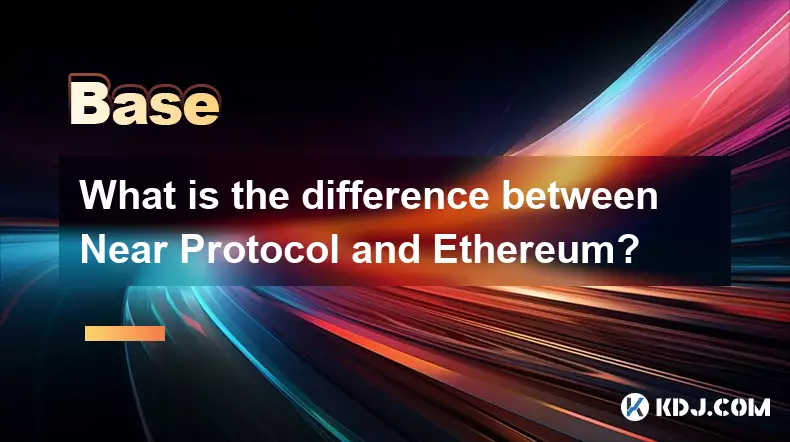
What is the difference between Near Protocol and Ethereum?
Oct 15,2025 at 08:01am
Near Protocol and Ethereum: Core Architectural Differences1. Near Protocol operates on a sharded blockchain architecture known as Nightshade, which al...

What does it mean for code to be "open source" in crypto?
Oct 12,2025 at 01:54pm
Understanding Open Source in the Cryptocurrency Ecosystem1. In the context of cryptocurrency, open source refers to software whose code is publicly ac...

What is the purpose of a "testnet"?
Oct 12,2025 at 09:01am
Understanding the Role of Testnets in Blockchain Development1. A testnet serves as a parallel version of a blockchain network, designed specifically f...

How to avoid phishing scams in crypto?
Oct 13,2025 at 06:18pm
Understanding Common Crypto Phishing Tactics1. Cybercriminals frequently use fake websites that mirror legitimate crypto exchanges or wallet platforms...

What is the difference between single-collateral and multi-collateral Dai?
Oct 12,2025 at 05:18pm
Understanding Single-Collateral Dai1. Single-Collateral Dai (SCD) was the original version of the Dai stablecoin launched by MakerDAO in 2017. It allo...

How do decentralized identity (DID) solutions work?
Oct 14,2025 at 11:36pm
Understanding Decentralized Identity in the Blockchain Ecosystem1. Decentralized identity (DID) solutions are built on blockchain networks, allowing i...

What is the difference between Near Protocol and Ethereum?
Oct 15,2025 at 08:01am
Near Protocol and Ethereum: Core Architectural Differences1. Near Protocol operates on a sharded blockchain architecture known as Nightshade, which al...

What does it mean for code to be "open source" in crypto?
Oct 12,2025 at 01:54pm
Understanding Open Source in the Cryptocurrency Ecosystem1. In the context of cryptocurrency, open source refers to software whose code is publicly ac...

What is the purpose of a "testnet"?
Oct 12,2025 at 09:01am
Understanding the Role of Testnets in Blockchain Development1. A testnet serves as a parallel version of a blockchain network, designed specifically f...

How to avoid phishing scams in crypto?
Oct 13,2025 at 06:18pm
Understanding Common Crypto Phishing Tactics1. Cybercriminals frequently use fake websites that mirror legitimate crypto exchanges or wallet platforms...

What is the difference between single-collateral and multi-collateral Dai?
Oct 12,2025 at 05:18pm
Understanding Single-Collateral Dai1. Single-Collateral Dai (SCD) was the original version of the Dai stablecoin launched by MakerDAO in 2017. It allo...
See all articles





















